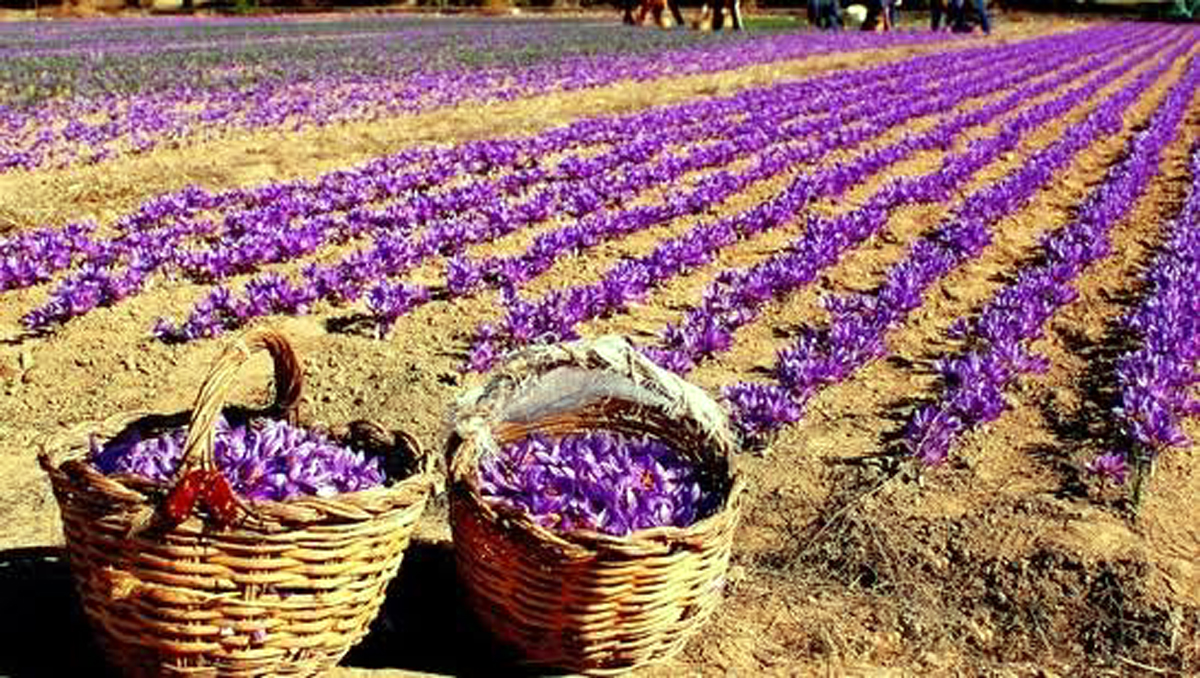Geographical Indications Tag or more popularly known as GI Tag for any product is an assured guarantee of uniqueness, purity and of course a key for worldwide business. It’s a tedious process which require proper application with reasoning, uniqueness and why GI Tag should be provided accompanied by three certified copies of geographical map of that particular place. Scrutiny is done and if any, corrective action is to be completed in one month. Registrar can further raise objection which has to be cleared in 2 months time. An inspection follows and if any shortcoming is found it has also to be removed in specific time. Within 3 months of acceptance of application it gets published in Geographical Indications Journal. A certificate with seal of the Geographical Indications with validity of ten years is issued. It is really a matter of utmost importance that Kashmir saffron gets GI Tag, a big boost to export of saffron and a clear edge now over rival Iran. Saffron growers of Pulwama, Budgam and Srinagar region will be immensely benefitted in getting spurious Kashmir saffron out of market and growers get required market value of their Kashmir saffron.
Another aspect of GI Tag is that of 9 items of Jammu and Kashmir on GI Tag list, 8 are from Kashmir Division, except Basmati from Jammu. It’s a matter of pride for all people of Jammu and Kashmir for GI Tag of Kashmir saffron, Bhaderwah Rajmah (Kidney Beans), Basohli Paintings, Kishtwar saffron, Anardana to name a few are items from Jammu Division which should also be now pushed for GI Tag. All credit to team of officials from Kashmir for their best efforts but why Jammu officials are not able to push products from this region is a matter of serious introspection. More genuine products on GI Tag list means more matter of honour and more opportunities for Jammu and Kashmir on international platform. Jammu and Kashmir has no doubt unique products, unmatched talent to mark its stamp on the world.
Trending Now
E-Paper


